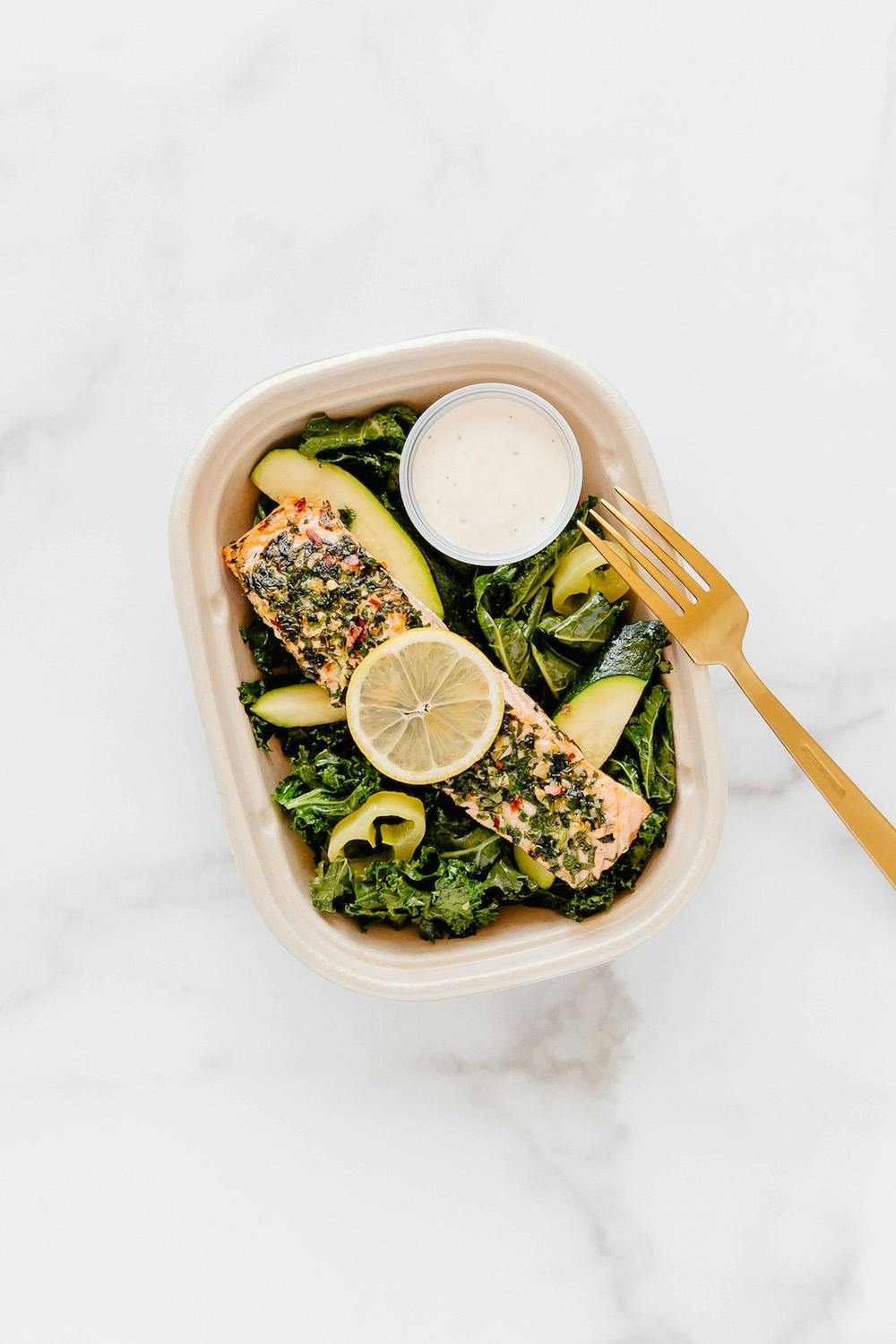
Hitting The Mark: How To Tell You’re In Ketosis
By Carina Morgan
March 31, 2021
Historically, the keto diet was natural as we ebbed and flowed with changing seasons and food availability. For this reason, it’s advised to “do keto” for short periods of time, cycling on and off with a higher-carb diet, to mimic how this shift between energy sources occurred naturally.
A ketogenic diet causes your body to switch from using glucose to ketones for fuel. The transition into ketosis is demanding on your body, and some people experience what’s known as “the keto flu” for a few days after starting keto.
What is Ketosis?
Your body is in a state of ketosis when it is burning exclusively fat for energy. Ketones are the by-product of converting fat into energy, so you are simply in a state of producing ketones.
Eating a large amount of carbs will cause you to fall out of ketosis and switch back to using sugar for energy. If you continue eating carbs, blood sugar will spike, causing fatigue, irritability and sugar cravings.
On the flip side. if you immediately go back to eating keto, you may not even notice that you fell out for a short period of time.
How do you know if you’re in ketosis?
It can be tricky to know if you’re in ketosis or not, so you can test your ketones by either getting specific urine strips, or a blood testing kit. Testing your ketones is the only way to know if you are truly in ketosis.
Some people can hit ketosis in their first week of the transition, but many do not. If you haven’t yet hit the mark, don’t worry. It’s perfectly normal to still be transitioning. Keep testing and stick with it.
By day 10, the majority of people will hit ketosis. Once that happens, you’ll likely start to feel the benefits:
- Your carb-flu symptoms have probably dissipated, and you’re used to eating a high fat diet.
- You might find your energy actually increasing at this point, and notice that “2pm slump” is a thing of the past. Carbs are the cause of the spike and drop of blood sugar throughout the day, so now that you’re limiting your carb intake, you shouldn’t feel that anymore. Most people report feeling a steady energy that lasts all day.
- You may feel like you aren’t that hungry, and have to remind yourself to eat.
- Remember to prioritize water intake as you hit ketosis. The high amount of ketones in the body can lead to dehydration.
Low carb vs. keto

You don’t need to be in ketosis to benefit from eating low carb. Eating low carb while not necessarily entering ketosis will still help you become more metabolically flexible, able to easily transition from burning fat for fuel when needed and carbs when available.
At Territory, we offer both a short-term Keto Reset menu, and a more robust longer-term Low Carb Menu. Aligned with our core menu foundation, both menus remain free of gluten and dairy-containing ingredients.
We intentionally chose to include plenty of non-starchy vegetables to ensure that our keto and low carb community continues to meet their micronutrient needs.
Popular Posts
Foods to Avoid When Taking GLP-1 Weight Loss Medications
April 25, 2025
Tips for GLP-1 Success: Healthy Habits to Practice on Weight Loss Medication
March 6, 2025
How to Go Gluten-Free: A Beginners Guide to Starting a Gluten-Free Diet
November 21, 2024
A Guide to Snacking on a Gluten-Free Diet
November 12, 2024